Dill leaves, commonly referred to as dill weed, are a green leafy vegetable with amazing medicinal and culinary uses. The scientific name for this annual herb, Anethum graveolens, comes from the celery (Apiaceae) family. Despite being primarily native to Southern Russia and the Mediterranean area, it is widely farmed and used all over the world.
Fresh dill sprigs, also referred to as Suva Bhaji in Hindi, Sathakuppai in Tamil, and Sowa in Bengali, have a strong flavour and an alluring dark sea-green hue. The plant typically reaches a height of 8 to 30 inches and is distinguished by its fluffy, fern-like leaves and vibrant yellow blossoms. Dill seeds or leaves are frequently used as a condiment spice, salad dressing, flavouring ingredient to give taste to soups and curries, and even as a juice due to its mild lemony flavour.
In addition to its culinary uses, dill leaves have long been utilised as a traditional ayurvedic medicine for a variety of health and skin ailments due to their potent anti-microbial, anti-flatulent, and cardiotonic characteristics.
Table of Contents
About Dill Leaves:
Anethum graveolens, sometimes known as dill, belong to the Apiaceae family. Dill leaves are used as herbs to add flavour and perfume to food. Dill is a seasoning that is used to make curries, pickles, and soups. Dill leaves are around 4 to 8 inches long and are best utilised right away. Dill oil, which is made from the leaves, is frequently used in the production of soap. The popular component dill is used in dips and as a garnish in the food of nations like Russia and Ukraine. Dill leaves are frequently used with mashed or cooked potatoes and butter, as well as salads.
Dill seeds resemble "caraway seeds" in flavour and look and are used as a condiment spice. They have a light brown hue, an oval form with vertical ridges, and an aromatic, sweet, citrus flavour with a trace of bitterness.
Culinary use of Dill leaves:
Dill leaves are often used in European and Asian cuisines because of their energising perfume and citrus flavour. It not only improves the flavour of the food, but it also enhances it with beneficial nutrients that have a number of positive health effects. Dill that has been freshly cut and sautéed is a wonderful addition to green salads. Additionally, it may be used to make sauces and soups, and even dill seeds are utilised to flavour hot meals and pickle foods. It is also used to improve the flavour and taste of meals containing vegetables, poultry, fish, and other meats, together with other spicy ingredients. Green salads taste fantastic with dill that has been freshly cut and sautéed. Dill seeds are used in spicy foods and pickling.
Dill Leaves in Indian cooking:
In India, dill leaves are referred to as "soya," "soa," or "savaa." Dill leaves are used in Indian cuisine for preparing pulses, pickles, and vegetables. They may be added right away when cooking lentils. Dill leaves may be used to make a meal by being cooked as a vegetable with potatoes. We may also add dill leaves to our usual tea.
Nutritional Value of Dill Leaves
A variety of minerals, including Vitamins A, C, and D, riboflavin, manganese, folate, iron, copper, potassium, magnesium, zinc, and dietary fibres are naturally present in fresh dill sprigs. Dill leaves are therefore infused with these nutrients and antioxidants, which not only protect the cells from free radical damage but also support healthy vision, skin, immune function, treat digestive issues, solve sleep issues, strengthen bone health, treat respiratory infections, balance hormones, and improve reproductive health.
Health benefits of Dill Leaves:
- Many chemical components obtained from plants that are known to have antioxidant, disease-preventing, and health-promoting qualities may be found in dill weed.
- This well-known plant has extremely few calories and no cholesterol. It does, however, contain a lot of antioxidants, vitamins including niacin and pyridoxine, as well as dietary fibres that aid in regulating blood cholesterol levels.
- Numerous essential volatile oils, including d-carvone, dillapiole, DHC, eugenol, limonene, terpinene, and myristicin, are found in dill seeds and leaves (sprigs).
- Dill's essential oil, Eugenol, has been used medicinally as an antibacterial and local anaesthetic. Additionally, eugenol has been shown to lower blood sugar levels in diabetics.
- Dill oil, which is made from dill seeds, has calming, antispasmodic, digestive, carminative, and disinfecting qualities. It also aids in the flow of breast milk.
- Additionally, it is abundant in several key vitamins, including as folic acid, riboflavin, niacin, vitamin A, ß-carotene, and vitamin C, all of which are necessary for a healthy metabolism in the human body.
- Natural flavonoid antioxidants like vitamin A and -carotene are substances.
- 7718 IU, or 257% of the daily required amount of this vitamin, are present in 100 g of dill weed sprigs. In addition to supporting healthy mucosa and skin, vitamin A is necessary for clear eyesight. Flavonoid-rich natural foods aid in the body's defence against lung and oral cavity malignancies.
- Vitamin C, an effective antioxidant, is found in fresh dill. About 85 mg, or 140%, of vitamin C are present in 100 g. Vitamin C scavenges dangerous, pro-inflammatory free radicals and aids in the body's development of tolerance to pathogenic pathogens.
- Minerals including copper, potassium, calcium, manganese, iron, and magnesium are abundant in dill weed. Many essential enzymes, such as cytochrome c-oxidase and superoxide dismutase, require copper as a cofactor (other minerals function as cofactors for this enzyme are manganese and zinc). Numerous enzymes that control digestion, growth and development, and nucleic acid synthesis use zinc as a co-factor. Potassium is a crucial element of bodily fluids and cells that helps regulate heart rate and blood pressure. Manganese serves as a co-factor for the antioxidant enzyme superoxide dismutase in the human body.

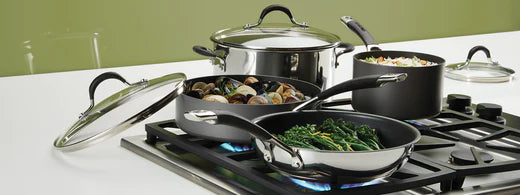
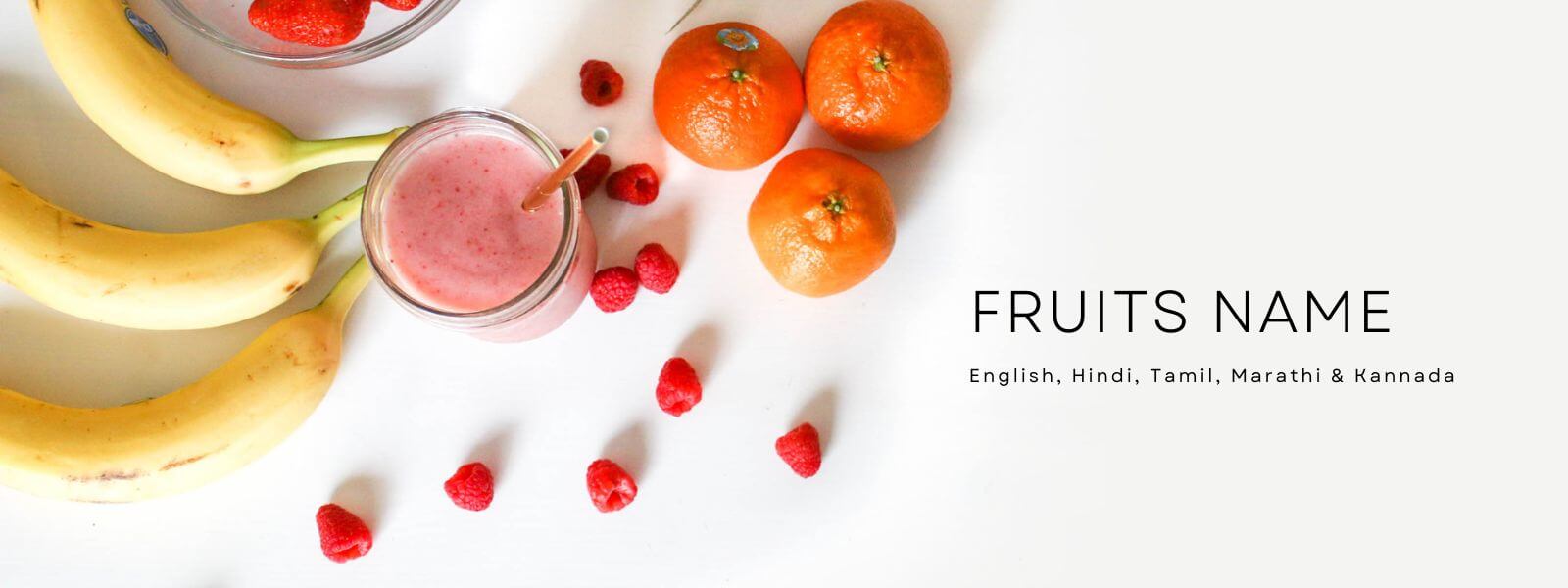
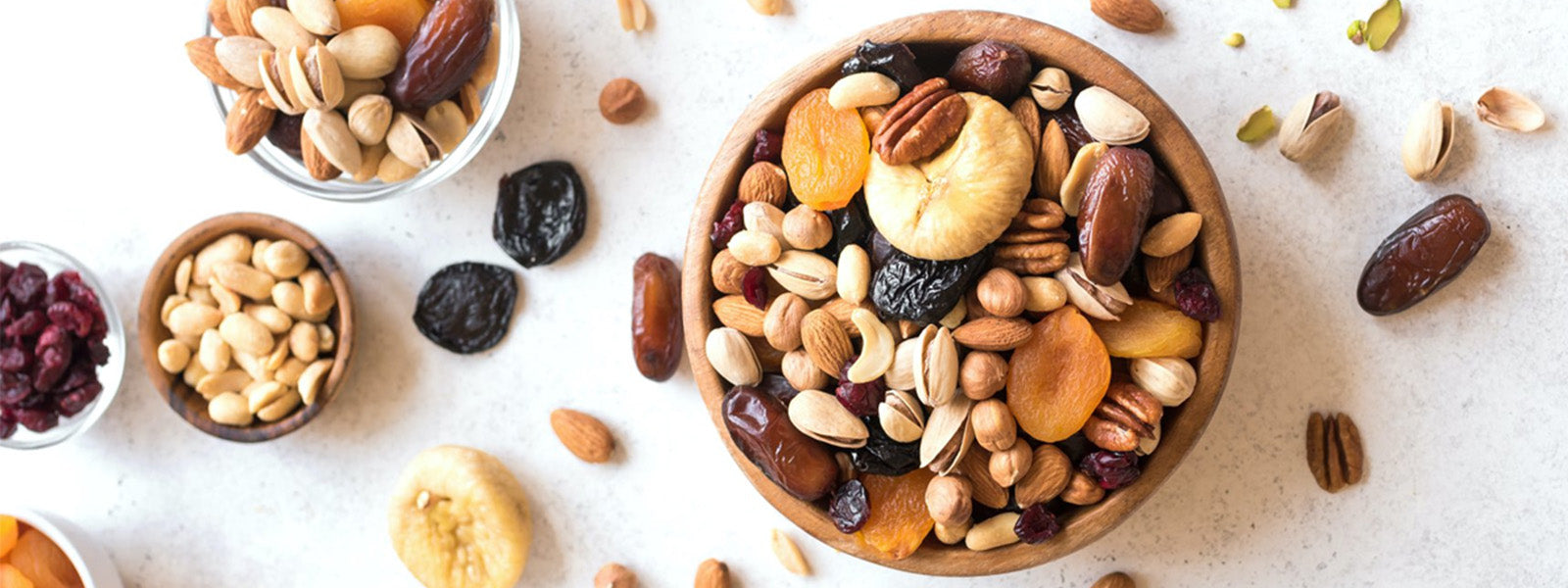
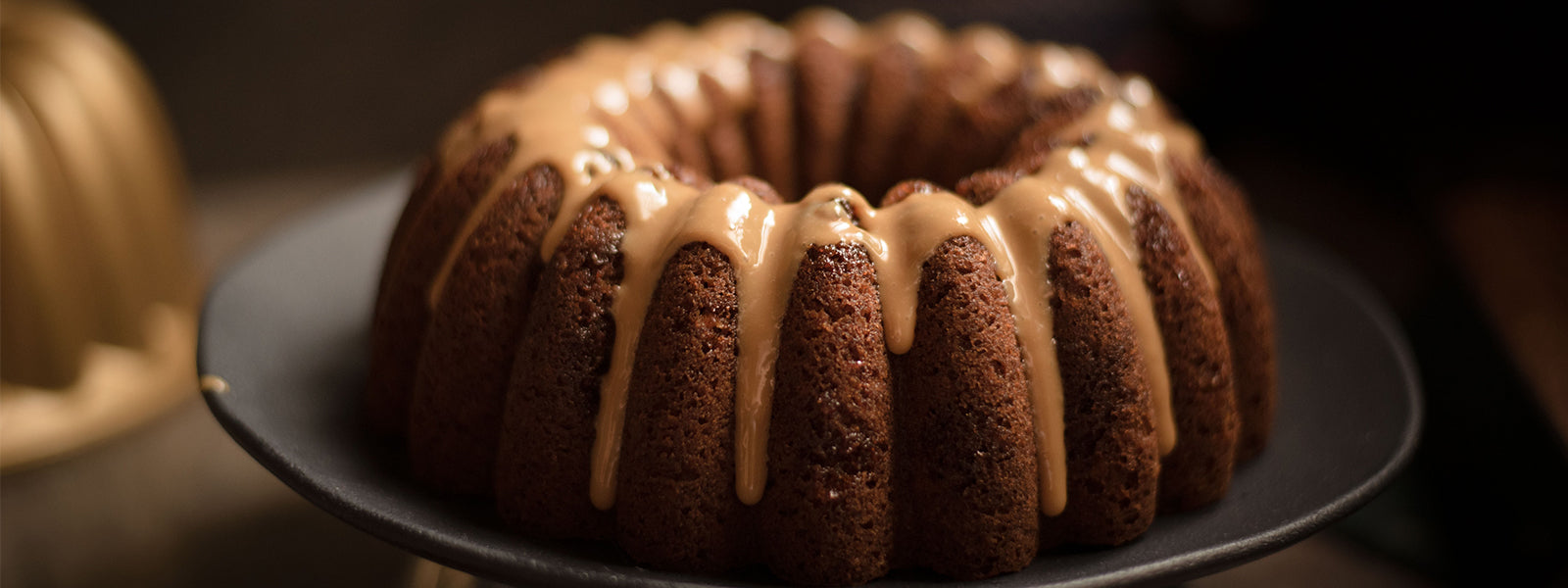
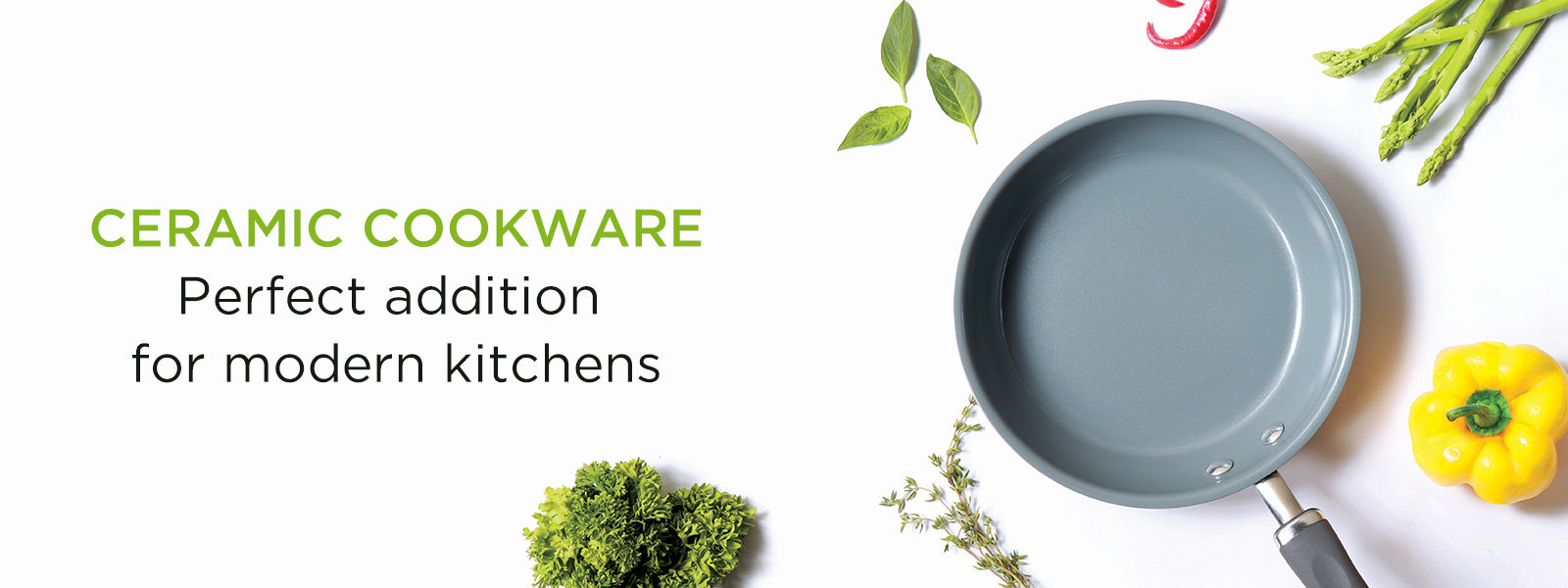
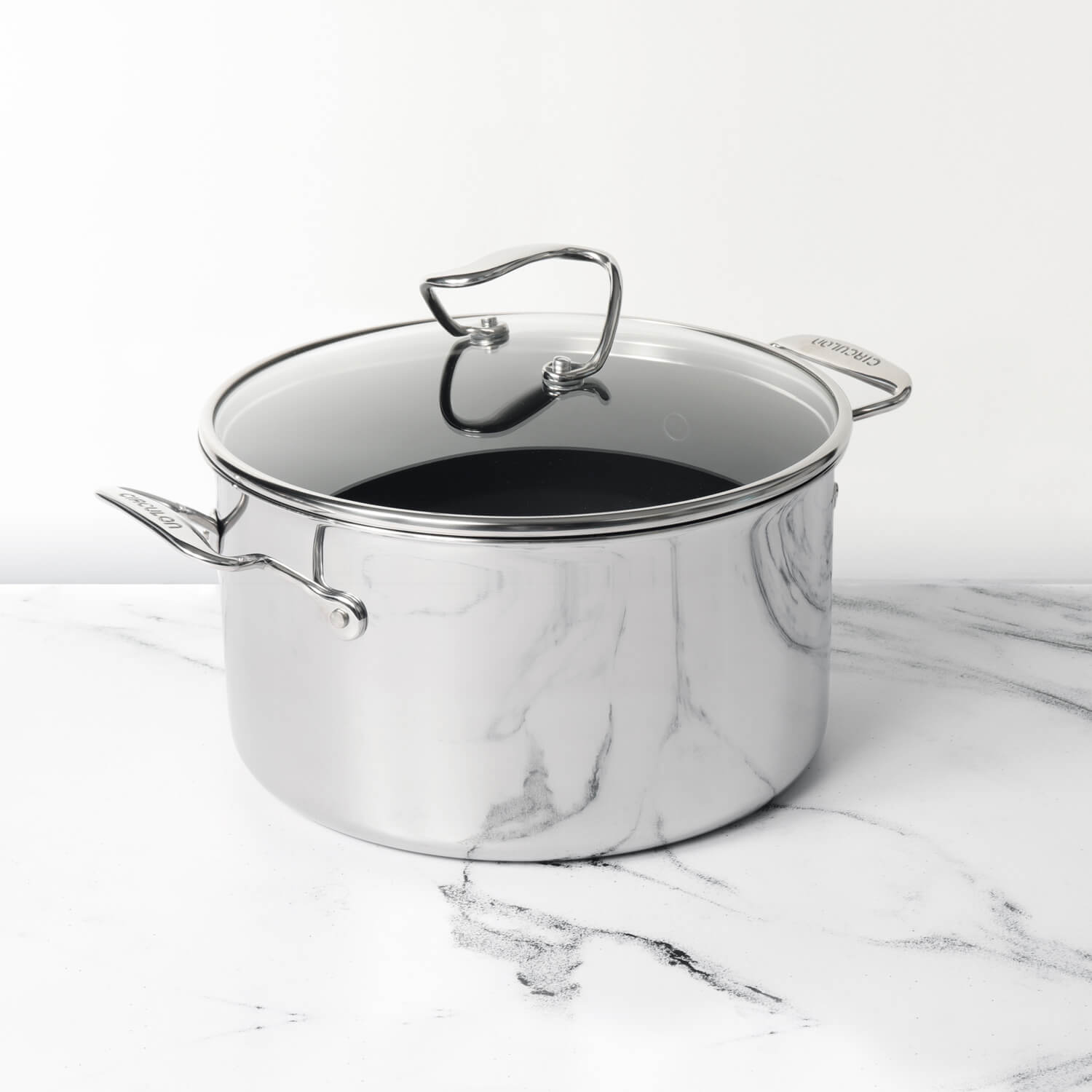
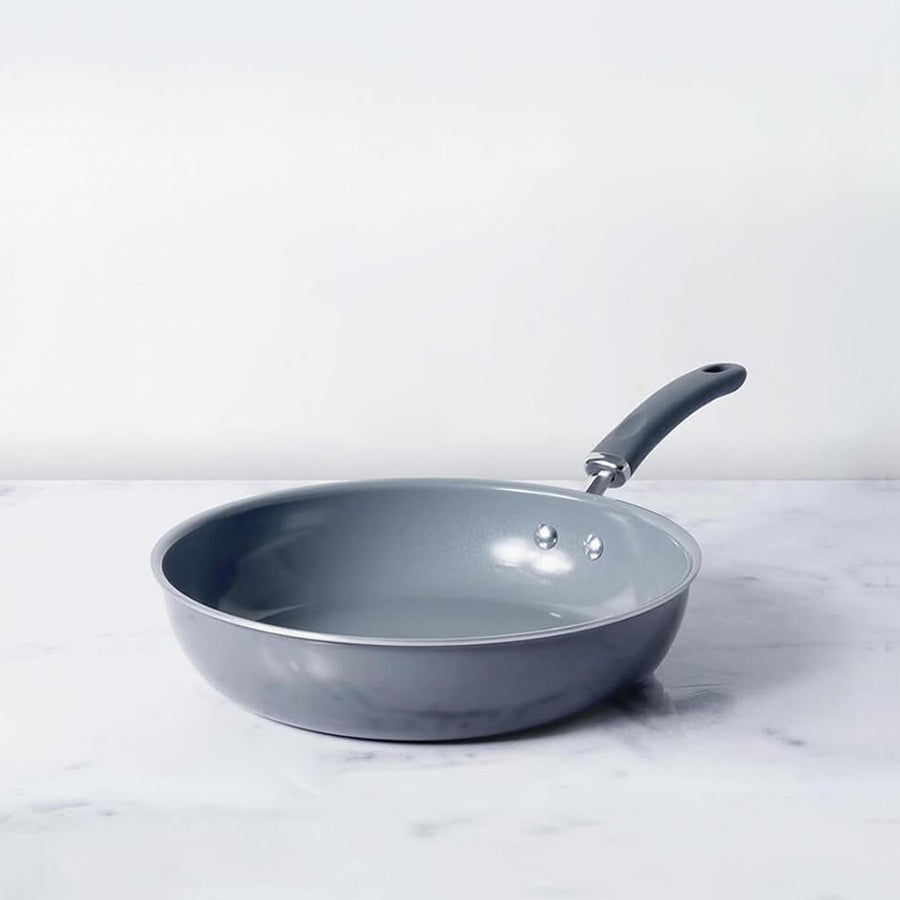




Leave a comment